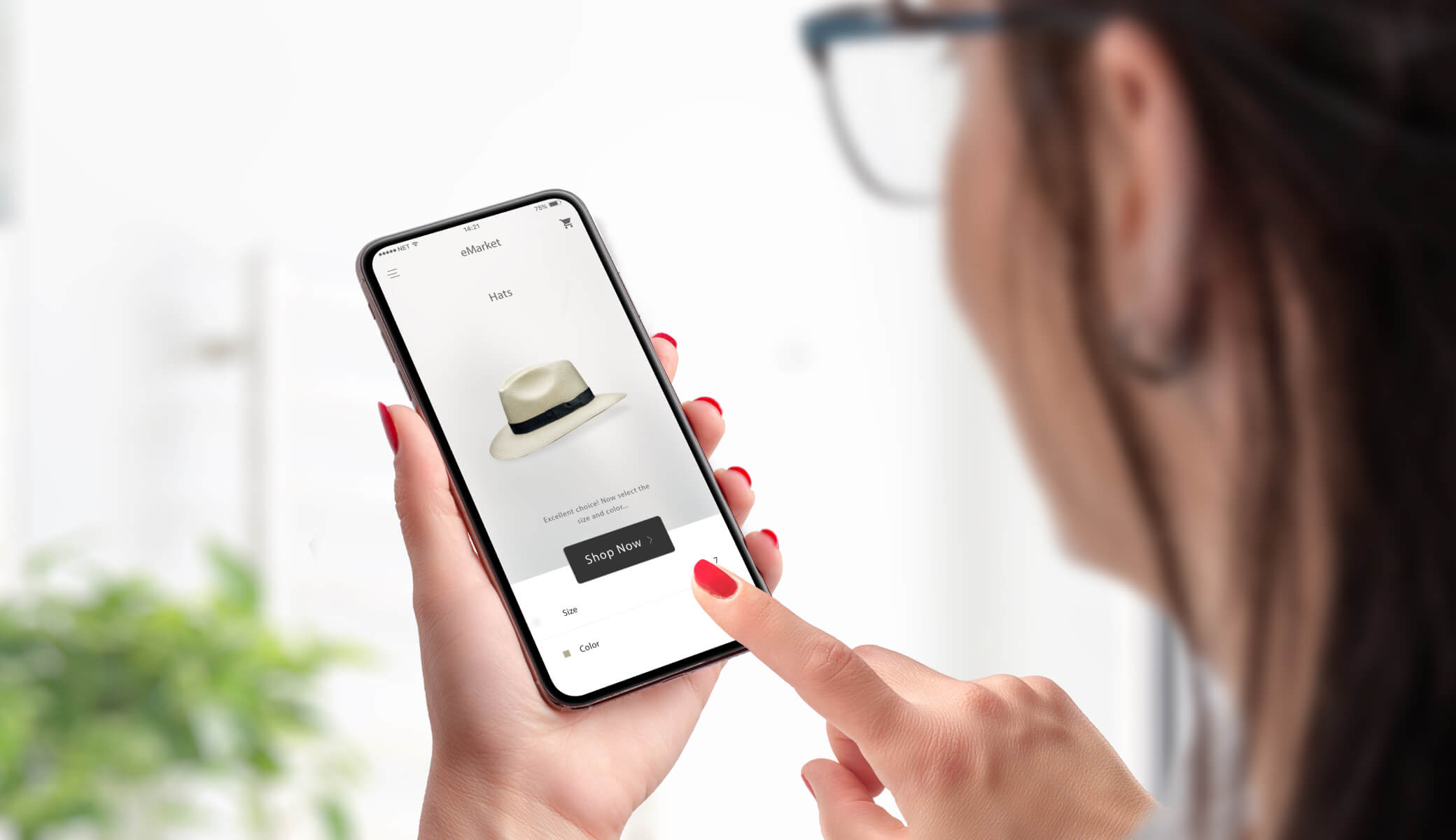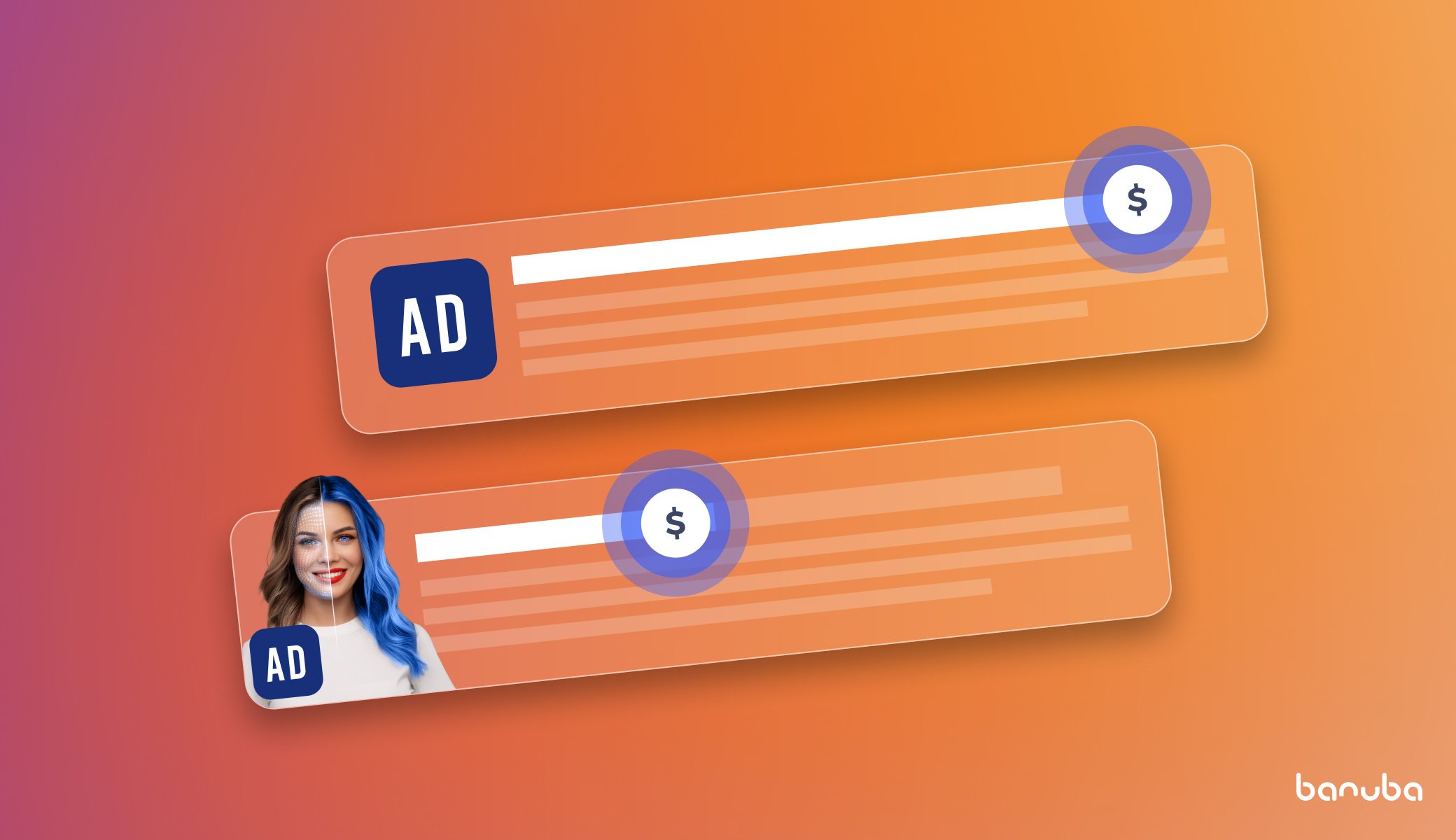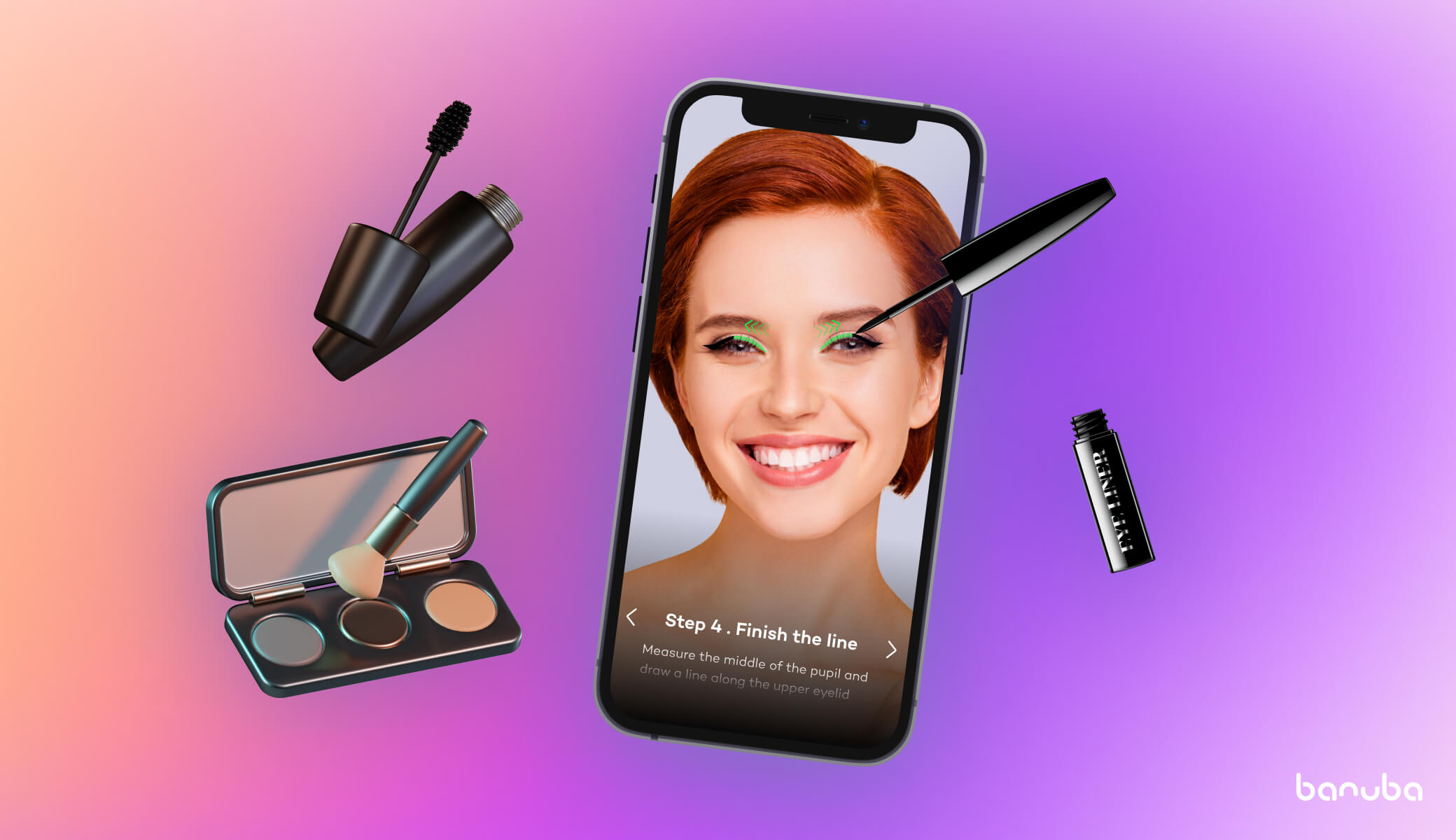What is One-to-One Marketing — Definition, Steps, Examples
The "Hi, [Name]" formula is not effective anymore. Marketing messages bombard customers like letters from Hogwarts hit the Dursley's house in Harry Potter. However, according to Accenture, 91% of consumers choose brands offering personalized products and customer experience. One-to-one marketing is that magic wand helping to stand out from competitors. Keep reading to learn how to swish and flick that magic wand to win your customers' hearts and gain high returns on marketing investment.


[navigation]
What is One-to-One Marketing?
One-to-one marketing, also called relationship marketing, is a data-driven strategy that focuses on tailoring products, services, and communication to individual customers instead of treating them as a homogeneous group. This approach leverages the wealth of customer data available today to create a unique and customized experience for each customer. It departs from traditional mass marketing methods, where one message or product fits all.
One-to-one marketing is made possible through integrating customer data, advanced analytics, and marketing automation tools. This enables businesses to identify individual customer preferences, anticipate their needs, and provide a highly personalized experience at every touchpoint. It encompasses various aspects, including personalization, customization, and segmentation.
Just as brick-and-mortar store clerks study and remember the habits and behaviors of their regulars, preparing their favorite coffee in advance when they approach the coffee shop, one-to-one marketing helps you track and offer what each of your customers likes, as if reading their minds. Only all the information is not stored in the seller's head but is automated by advanced systems.
Benefits Behind One-to-One Marketing
A personalized marketing strategy is a win-win approach to building a learning customer relationship to discover something new with every interaction. But what's behind all the fuss, and how can you appreciate results in metrics?
Improves Retention Rates
Returning customers spend 33% more on their average order, so retaining clients remains an essential task. Besides, keeping current customers is cheaper than acquiring new leads, according to 82% of companies.
One-to-one marketing helps improve customer retention rates significantly. By understanding each customer's unique preferences and needs, businesses can create personalized experiences that foster loyalty. According to a study by Segment, 60% of customers who experience personalized interactions are more likely to become repeat buyers, reducing churn and improving the customer lifetime value.
Increases Cross selling and Up selling
Attracting a new client is five times more expensive than keeping the existing one. And upsells and cross sells remain effective mechanisms to reach this.
A well-executed one-to-one marketing strategy leads to increased cross and up-selling opportunities. By analyzing comprehensive customer profiles, businesses can identify cross-selling options aligned with an individual customer's needs and preferences. Taking into account that almost 50% of people had impulse purchases after a personalized recommendation, leveraging one-to-one marketing can increase revenue significantly.
In the case of e-commerce, Amazon's personalized product recommendations are a classic example of how personalized marketing can significantly boost sales and customer engagement.
Enhances Customer Satisfaction
The focus on creating personalized customer experiences fosters a sense of loyalty and satisfaction. When customers perceive that a business understands their needs and preferences, it leads to stronger brand loyalty and repeat visits. According to a Segment study, 52% of people admitted that their overall satisfaction improved after introducing the personalized approach.
Boost Revenue
Businesses can significantly boost their revenue by delivering the right product or service at the right time. One-to-one marketing helps create a strong emotional connection between the customer and the brand, resulting in higher conversion rates and increased sales.
According to McKinsey & Company, the personalization approach in marketing increases revenue by 40%. On average, customization leads to a return on investment (ROI) in marketing expenditure that ranges from 5 to 8 times, effectively translating to the potential of generating up to $8 for each $1 invested.
Components of One-to-One Marketing Strategy
A one-to-one marketing strategy involves several key components that are integral to its success:
Personalization
Personalization is at the core of a one-to-one marketing program. It involves tailoring marketing efforts to the particular customer, considering their preferences, behaviors, and purchase history. Personalized services, such as personalized emails, product recommendations, and targeted offers, are key elements of this strategy.
Customization
Customization goes a step further by allowing customers to personalize their experiences actively. For instance, online retailers often offer product customization options such as choosing colors, sizes, or features. This not only caters to unique customer needs but also makes them feel more involved in the process and helps build strong relationships. Brands can also give customers options on interaction methods, making them feel in control of their relationship with a company. Instead, they provide valuable insights and help you adjust your marketing strategy even deeper to their liking.
Segmentation
Marketing segmentation is dividing customers based on specific criteria, such as demographics, behavior, or preferences. This enables businesses to create more targeted and relevant content and offers, which is essential in one-to-one marketing.
Steps to Build The One-to-One Marketing Strategy
These four steps will help you implement an effective one-to-one marketing strategy.
Acquaintance: Gather Customer Data
The first step is to collect customer data comprehensively to kick-start your personalized marketing strategy. If your business is new, we recommend creating a customer base to note and track everything. This data must include information about their browsing history, purchase history, and social media interactions. The more data you have, the better you can understand individual customer needs and preferences.
Analyze & Segment
Once you have the data in hand, the next step is to analyze and segment your customer base. Divide your customers into groups based on common characteristics or behaviors. This will allow you to create highly targeted and relevant marketing campaigns for each segment.
More Customer Interactions
Interact directly with your customers to build and strengthen customer relationships. This could be through various channels, such as live chat software, phone calls, email campaigns, or social media. The goal is to gain customer insights and better understand their needs and preferences.
Surprise Them With Personalized Recommendations
Use the data you've collected and the insights you've gained to surprise your customers with personalized product recommendations. This could include suggesting products related to their previous purchases or providing them with exclusive offers based on their preferences.
Let's Get It Started — How to Start 1:1 Marketing From Where You Are?
Starting a one-to-one marketing initiative requires a structured approach:
Assess Your Current Situation
Begin by evaluating your current state of customer data collection and personalization efforts. Understand where you currently stand in terms of customer data and the level of personalization you offer.
Set Priorities and Goals
Clearly define your priorities and goals for your customized marketing strategy. What do you aim to achieve with this strategy? Is it improved customer loyalty, increased sales, or higher customer satisfaction?
You need to define precise metrics and set KPIs and ROI to track. The success of your marketing efforts should be constantly evaluated with insights and analytics to avoid draining your budget and wasting time on a strategy that doesn't work.
Find Reliable Tech Partners
You'll need the right tools and technology to implement a one-to-one marketing strategy. Introducing a data-driven approach without using the latest solutions and technologies is disrespectful to your colleagues. Collecting, segmenting, analyzing, and using customer data manually is not only time-consuming but also exhausting and inefficient.
That's why implementing the strategy will be a challenge not only for the marketing department but also for IT specialists. They need to build or customize a system to collect, store, and provide insights to marketers and salespeople.
Building a similar system from scratch will form a hole in your budget. Seek reliable tech partners who can provide you with the necessary solutions and have expertise in the niche.
Play It Long-term
One-to-one marketing is not a one-time campaign; it's a long-term commitment. Building strong relationships with your customers takes time. Therefore, it's essential to plan for the long term and continuously invest in customer interactions and personalization efforts. And don't forget to track and analyze your analytical reports monthly.
Essential Instruments for One-to-One Marketing
The software side of one-to-one marketing is halfway to success. Here are two must-use tools to see astonishing results.
Customer Relationship Management
A robust Customer Relationship Management (CRM) system is the backbone of one-to-one marketing. It allows businesses to centralize customer information, track customer interactions, and provide a 360-degree view of individual customers. This is invaluable for building strong relationships and delivering personalized experiences.
Personalized Recommendation Engines
Personalized Recommendation Engines are advanced data-driven systems that provide tailored content, products, or services to individual users based on their past behaviors, preferences, and interactions. These engines leverage machine learning algorithms and data to make real-time, highly relevant suggestions. These systems can replace a whole department of analytics, marketers, and sales representatives.
Data-Based Recommendations
Data-based recommendation engines are at the heart of personalized marketing strategies. These engines analyze customer data to make product or content suggestions that align with individual customer preferences and behaviors. The goal is to present customers with items they are more likely to be interested in, increasing the likelihood of a purchase.
AI Recommender System from Banuba not only gathers and analyzes the data but also tracks the performance to check the efficiency of its suggestions. It applies to eCommerce, content, video and live streaming, and advertising.
Camera-Based Recommendations
Camera-based recommendations are a more advanced form of personalization. They use technologies like computer vision, machine learning, and AI to analyze customer's images or videos. This data is then used to provide personalized product suggestions.
AI Product Recommendation Engine from Banuba is available in real-time mode on almost every device with a screen to find the perfect match for clothes, jewelry, glasses, and cosmetics. It doesn't collect customer data or store it. In less than a flick, a system analyzes a client's uploaded image or takes a photo via camera to offer a personalized customer experience via best-matching product recommendations.
Unlike data-based recommendation engines, AI Recommender doesn't require a previous interaction and generates personalized offers merely based on real-time analysis of personal features. In addition to viewing the suggested items, potential customers can virtually try on products to ensure they fit them and cover their needs.
AI Makeup Recommendations, in turn, are dedicated to the beauty industry to guarantee seamless makeup application online, being impossible to distinguish from real-life products. Its smart assistant will help find the best-matching cosmetic products based on the client's individual features.
In combination with the AI Recommender System, camera-based recommendation engines can target various audience segments, ensuring you convert every visitor into a lead.
One-to-One Marketing User Cases
Sephora - Personalized Product Recommendations
Sephora, a global leader in the beauty retail industry, has embraced one-to-one marketing to provide customers with highly personalized product recommendations. Sephora gathers customer data through its website and mobile app, such as browsing history, previous purchases, and product preferences. This data is then used to create individualized product recommendations for each customer.
Sephora's recommendation engine considers various factors, including skin type, color preferences, and brand affinities. For example, if a customer has previously purchased a particular brand of foundation and frequently browses skincare products for sensitive skin, the recommendation engine might suggest a newly released, fragrance-free foundation tailored to sensitive skin.
Stitch Fix - Data-Driven Personal Styling
Stitch Fix, an innovative online clothing retailer, has revolutionized the fashion industry by offering personalized styling services. When a customer signs up with Stitch Fix, they complete a detailed style profile, providing information on their clothing size, style preferences, and lifestyle. Stitch Fix's team of expert stylists then uses this data to handpick a selection of clothing and accessories tailored to each customer's unique taste.
Stitch Fix's one-to-one marketing approach goes beyond mere data-based recommendations. It integrates customer feedback and preferences into every selection. After receiving a "fix" (a curated box of items), customers try on the clothing at home. They provide feedback on each item, indicating what they liked and disliked. This feedback loop helps the stylists improve their selections over time, ensuring a more personalized experience with each "fix."
Through this strategy, Stitch Fix has not only created a highly personalized shopping experience but has also strengthened customer loyalty, with many customers receiving regular "fixes" and exploring new fashion trends they might not have discovered on their own.
L'Oréal - Virtual Makeup Try-On
L'Oréal, a global beauty giant, has embraced one-to-one marketing by implementing virtual makeup try-on experiences. In the digital era, L'Oréal recognizes that customers want to explore and experiment with makeup products before making a purchase. To meet this demand, they've developed augmented reality (AR) tools that allow customers to virtually try on different makeup products through their website and mobile app.
Customers can use their smartphone camera to see how a specific lipstick shade or eyeshadow palette would look on their own faces in real time. This personalized experience enables customers to make more informed decisions when choosing products. Moreover, L'Oréal collects data on customers' virtual try-on sessions, which can be used to make tailored product recommendations and provide relevant content based on their makeup preferences.
L'Oréal's one-to-one marketing strategy is about selling products and offering a personalized experience that empowers customers to express their unique style.
With one-to-one marketing, you learn how to love and care for your customers through every interaction, becoming that ideal partner offering what they need. Even if your competitors come up with the same approach, they will be many interactions behind you. Don't waste time — choose your reliable tech partner and build customer relationships worth admiring.



